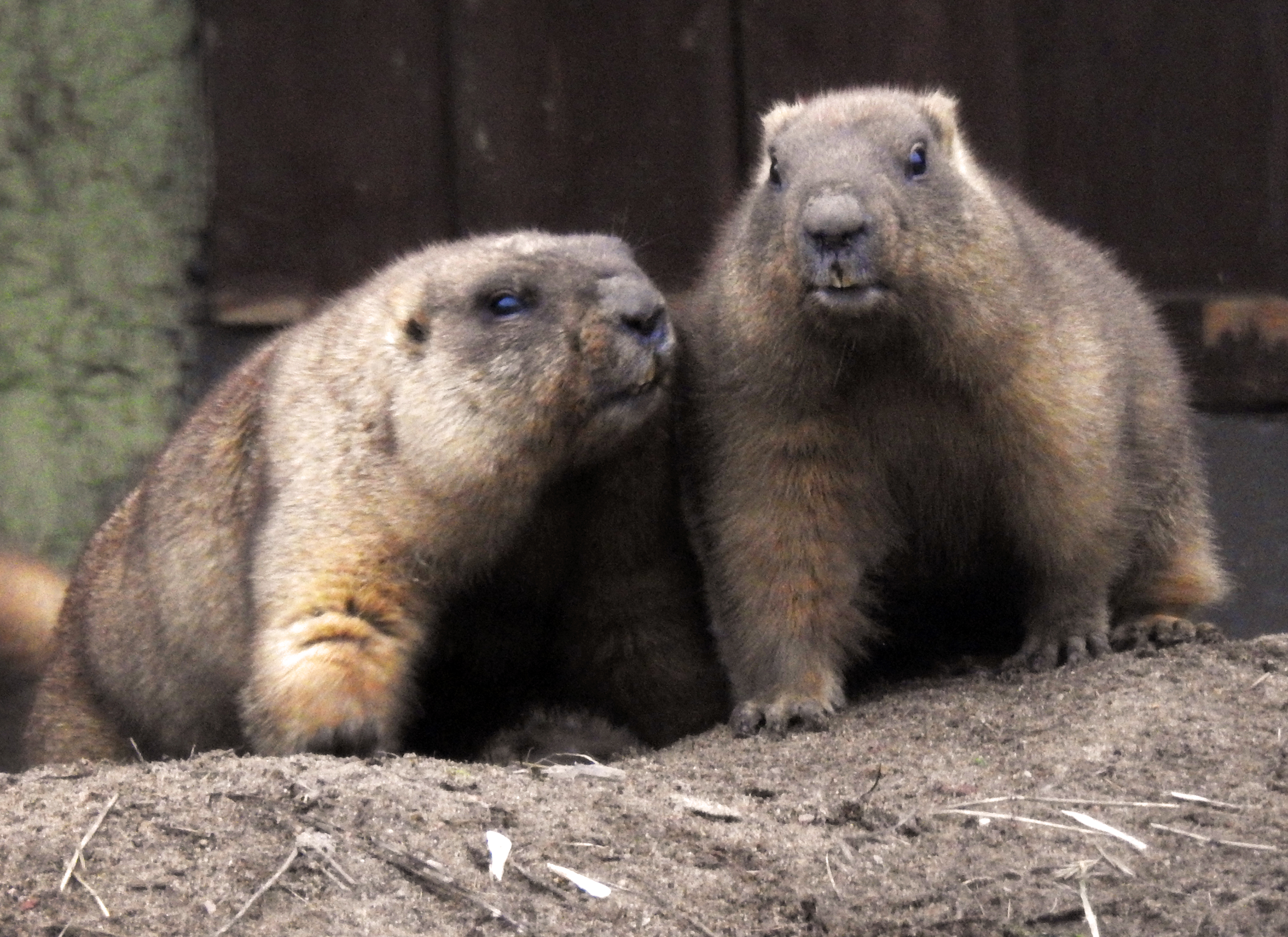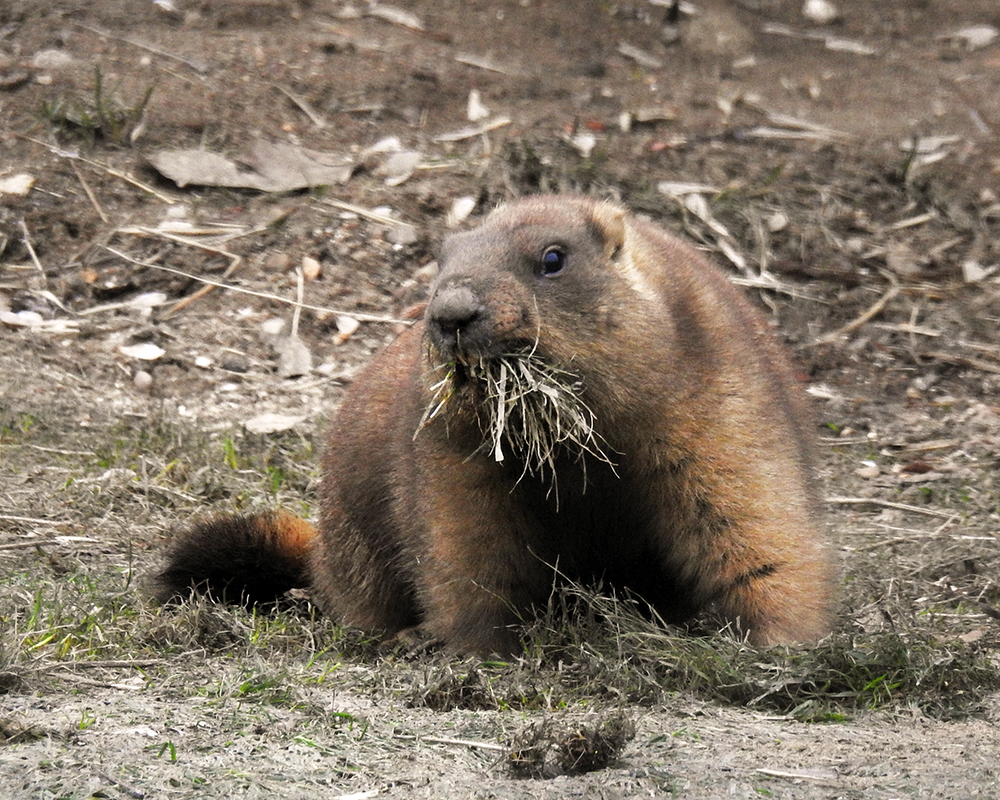
The amount of snow on the ground is a decisive factor in the groundhogs' decision to wake, because there must be enough green grass available for them to eat.
Moscow Zoo Source: Moscow Zoo
Source: Moscow Zoo
Groundhogs are deep sleepers, and therefore, their emergence from hibernation is traditionally used as an indicator of winter's end and the onset of spring.
“During hibernation their heart and respiration rate is reduced many times, and body temperature decreases to 8° Celsius,” the Moscow Zoo reports on its website. “Close to the end of hibernation groundhogs begin to wake up occasionally to assess the state of affairs, and when they are definitely certain that warm weather has settled outside, they arise.”
Waiting for and watching the groundhog awakening is an important tradition in American folklore. On Groundhog Day, officially celebrated on Feb. 2, the small furry mammals are watched as they emerge from their burrows. If it's cloudy on this day, spring will arrive early. If it's sunny, the groundhog will see its own shadow and then retreat back into its cave, allegedly causing winter to last six more weeks.
 Source: Moscow Zoo
Source: Moscow Zoo
The amount of snow on the ground is a decisive factor in the groundhogs' decision to wake, because there must be enough green grass available for them to eat. During the first couple of weeks groundhogs usually continue to use their fat reserves and almost eat nothing. This continues until their digestive and reproduction systems again work properly.
When they first emerge on the surface, groundhogs try to conceal their burrow entrance by stuffing it so that nothing can be seen on the surface and that it's not too noticeable. After a little fattening, the small furry mammals begin to clean and repair their burrows and start reproducing.
If using any of Russia Beyond's content, partly or in full, always provide an active hyperlink to the original material.
Subscribe
to our newsletter!
Get the week's best stories straight to your inbox